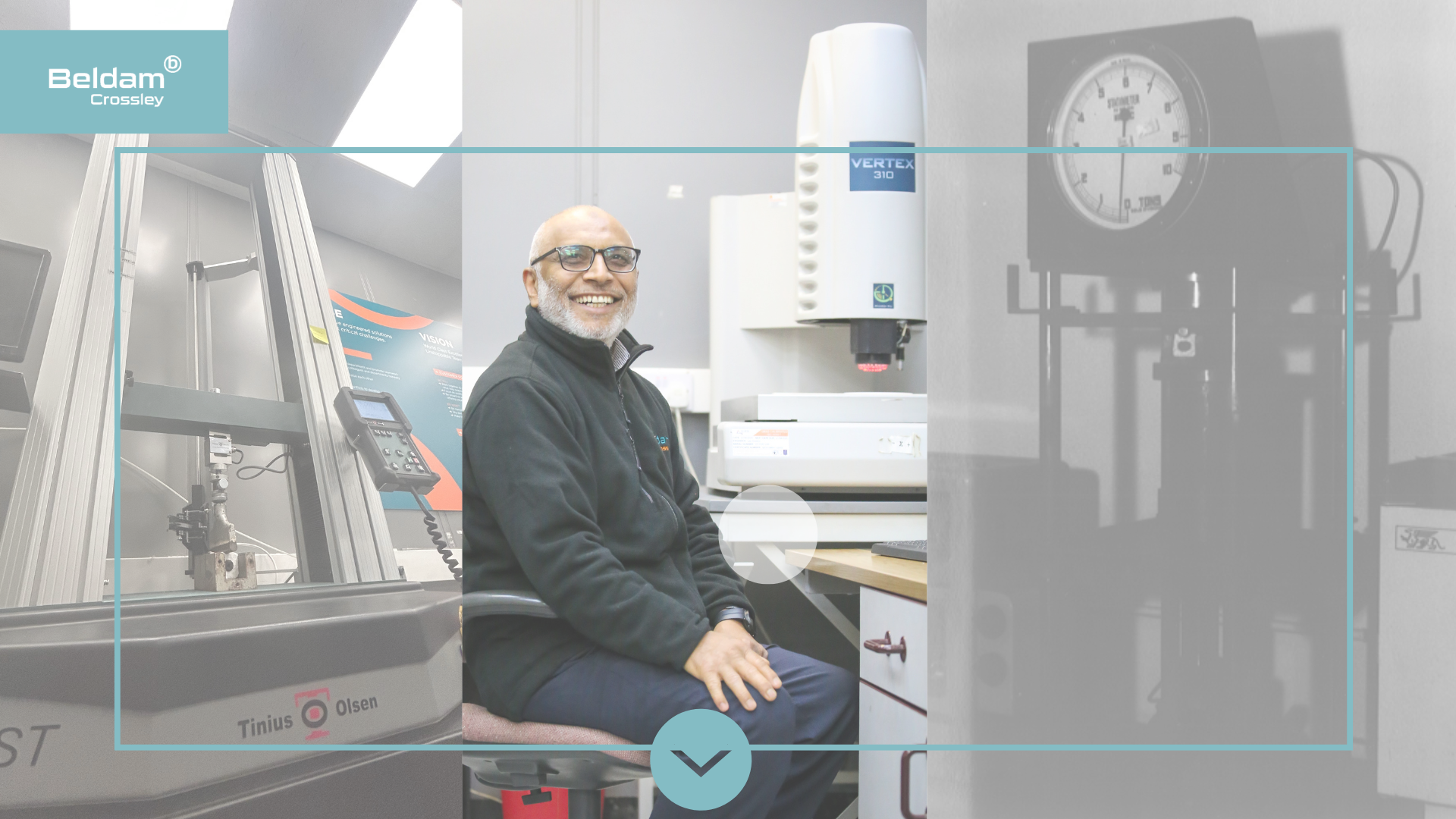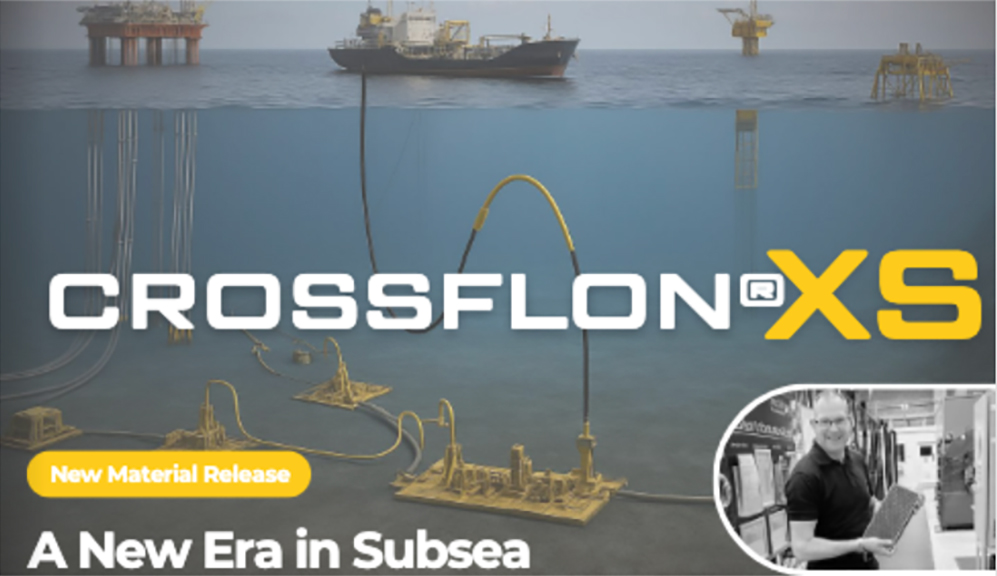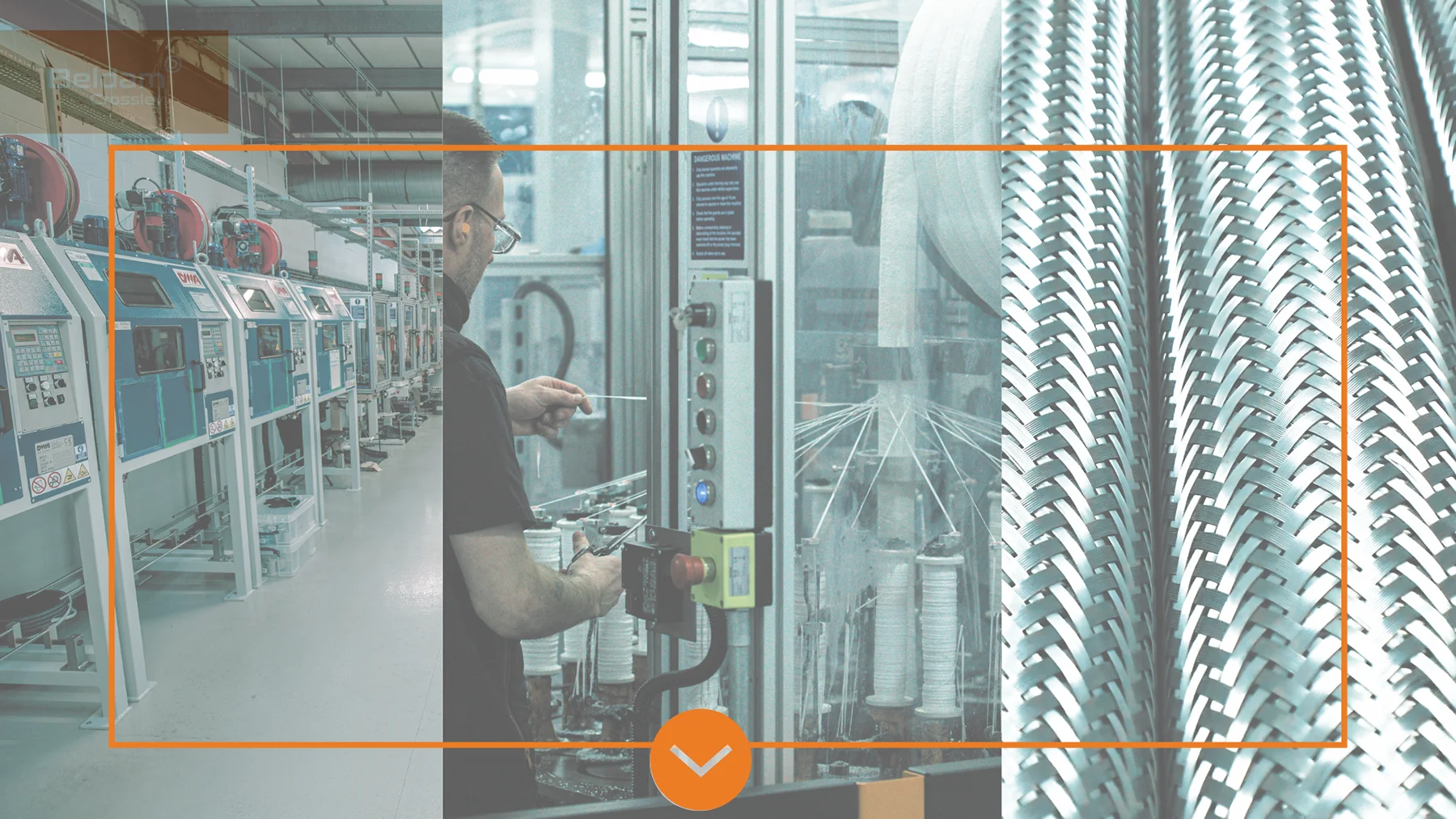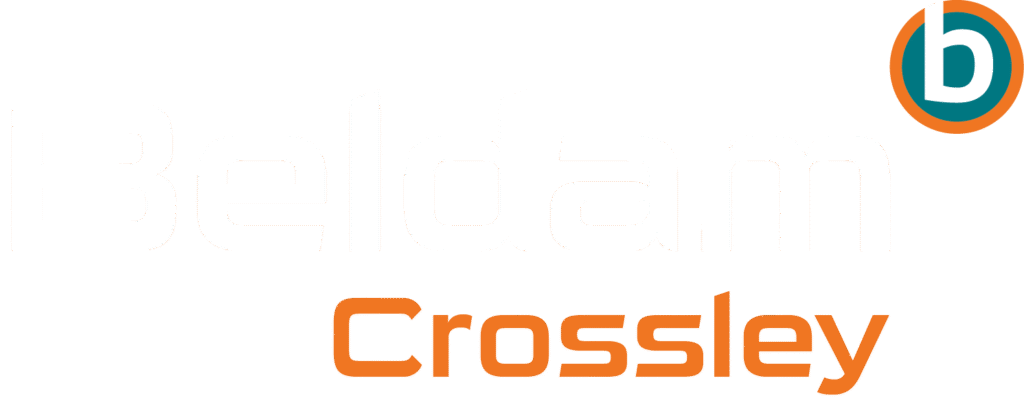A story of tradition, innovation, and the seal of trust
After more than 35 years of testing, trials, and tensile data, our commitment to doing things right has never wavered—even as our tools have evolved.
Looking Back: Our First Tests of LidPack Resilience in the 1970s
One of the most iconic machines in our workshop was the original compression tester, installed in the 1970s. Built like a tank, it wasn’t just used—it was trusted. I remember it chugging away, testing LidPack seal recovery and endurance long before digital systems were introduced. It helped define our early commitment to ensuring every seal could withstand compression and return to form, providing a watertight, dependable fit time after time.
We still have photos of it—steel arms, analogue dials, and that unmistakable hum. It was a snapshot of engineering at its rawest and most honest. That first generation of testing taught us something essential: the best seal isn’t just designed—it’s proven.
Fast Forward to 2025: Enter the Tinius Olsen 10ST
Nearly five decades on, our approach to testing has only grown more advanced.
This year, we introduced the Tinius Olsen 10ST Tensometer into our in-house test facility—a £30,000 investment in future-proofing both our products and our processes. This cutting-edge machine simulates real-world hatch and lid scenarios by subjecting seals to long-term performance tests. It replicates intermittent load cycles, mimicking the compressive forces caused by lock bars and closures during everyday operation.
What it confirms is what we already know:
Our seals recover. They perform. And—most importantly—they last.
The technology may have evolved since the 1970s, but our principle remains the same:
Test everything. Trust nothing until it’s proven.
Where Tradition Meets Technology
We’ve never been a company to chase trends. Instead, we’ve invested in what truly matters—our people, our materials, and our processes.
Our in-house testing lab enables us to validate every product through dedicated, rigorous evaluation. By blending traditional mechanical craftsmanship with modern digital precision, we ensure that every LidPack seal meets—and exceeds—global expectations, including DNV and US Coast Guard approvals.
What makes our testing approach unique isn’t just the equipment. It’s our culture. Every seal is treated like it could be the one preventing a critical failure. That mindset drives our engineers. It’s why generations of customers continue to trust us.
The LidPack® Recovery Promise
The standout feature of our LidPack range is recovery. When a seal compresses and then returns to its original shape, it maintains a tight, leak-free fit—even after thousands of operations.
Without recovery, performance degrades. With recovery, you get reliability, safety, and peace of mind.
Our tests simulate repeated use under real-world pressures to ensure that promise is delivered—whether it’s for a chemical tanker, fuel truck, or rail hatch. Since the 1970s (and even earlier), we’ve performed these tests in-house to generate traceable data. Combined with decades of customer feedback, we have the proof:
Our seals recover. And that’s why our customers return.
Looking Ahead: The Next Chapter
As someone who has spent most of their working life here, I can confidently say the heartbeat of Beldam Crossley hasn’t changed. It’s still about careful craft, continuous improvement, and absolute accountability.
With new investments like the Tinius Olsen and upcoming upgrades—such as the MTS Landmark hydraulic test system—we’re not just preserving our standards, we’re raising them.
And while I may feel nostalgic about our old tensometer and its clunky charm, I’m just as excited for what’s next.
Stay tuned. In the coming months, we’ll be sharing a closer look at our testing processes, the people behind them, and how we’re preparing to support the next generation of engineers and customers alike.
Here’s to the blend of past and future—and the seal of trust that holds it all together.

